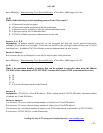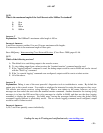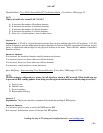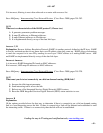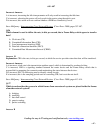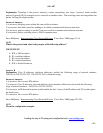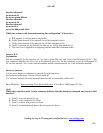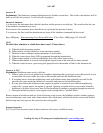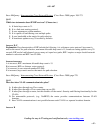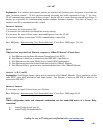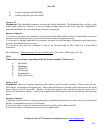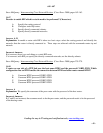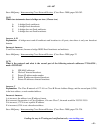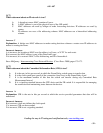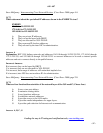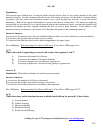
640 - 607
Leading the way in IT testing and certification tools, www.testking.com
- 45 -
Steve McQuerry. Interconnecting Cisco Network Devices. (Cisco Press: 2000) pages 269-273.
Q. 62
Which two statements about IP RIP are true? (Choose two.)
A. It limits hop counts to 31.
B. It is a link-state routing protocol.
C. It uses autonomous system numbers.
D. It is capable of load sharing over multiple paths.
E. It uses bandwidth as the metric for path selection.
F. It broadcasts updates every 30 seconds by defaults
Answer: D, F
Explanation: Key characteristics of RIP include the following: it is a distance vector protocol, hop count is
used as the metric for path selection, maximum allowable hop count is 15, broadcast routing updates every 30
seconds, RIP can be load balanced over as many as 6 equal cost paths, RIP 1 requires a major classful network
number to advertise and RIP 2 use VLSMs.
Incorrect answers:
A is incorrect; RIP’s maximum allowable hop count is 15.
B is incorrect; RIP is a distance vector protocol.
C is incorrect; it uses network numbers/VLSMs.
E is incorrect; hop count is used as the metric for path selection.
Steve McQuerry. Interconnecting Cisco Network Devices. (Cisco Press: 2000) page 278.
Q. 63
How does inter-VLAN communication take place?
A. It takes place through any Cisco router.
B. It takes place through a Cisco router than can run ISL.
C. It takes place through a router, but this disables all the router's Security and filtering functionality for the
VLANs.
D. For nonroutable protocols, (e.g., NetBEUI) the router provides communications between VLAN
domains.
E. Inter-VLAN communications is not possible because each VLAN is a separate broadcast domain.
Answer: B



